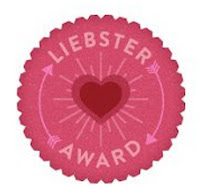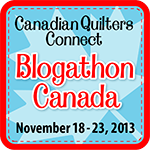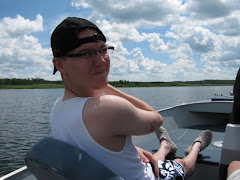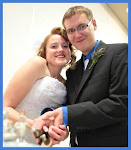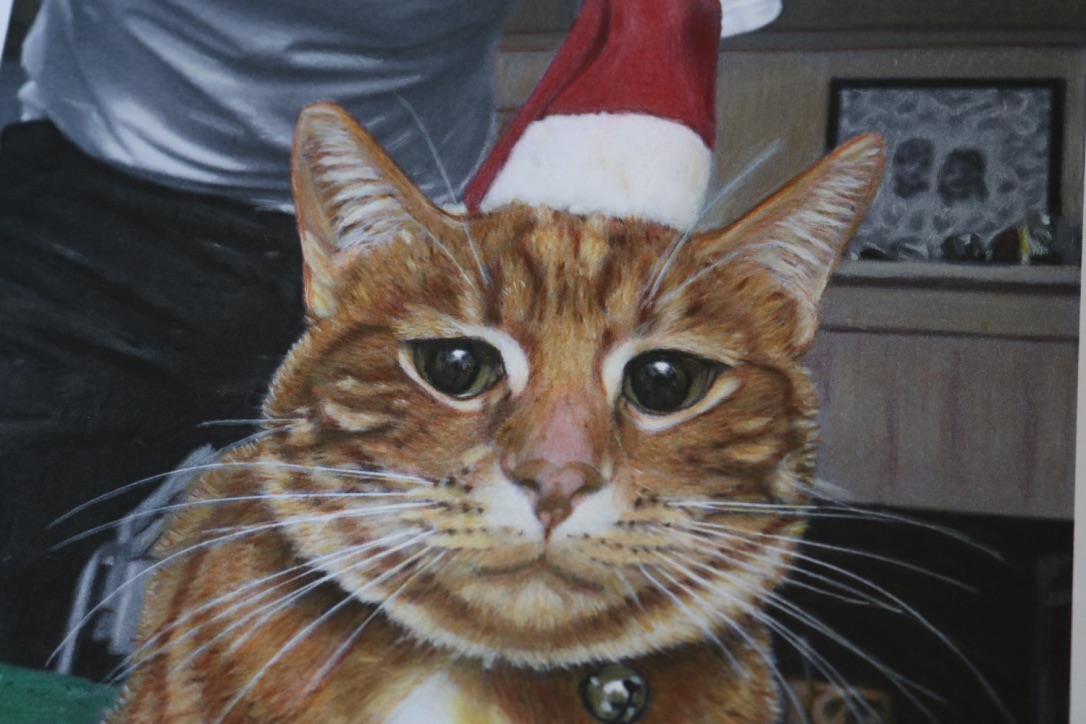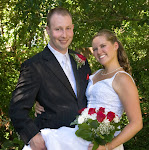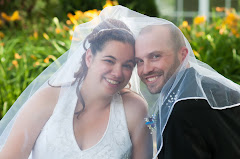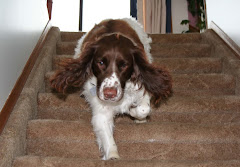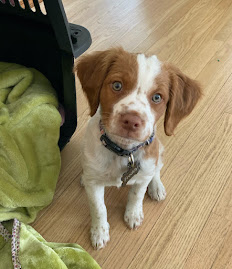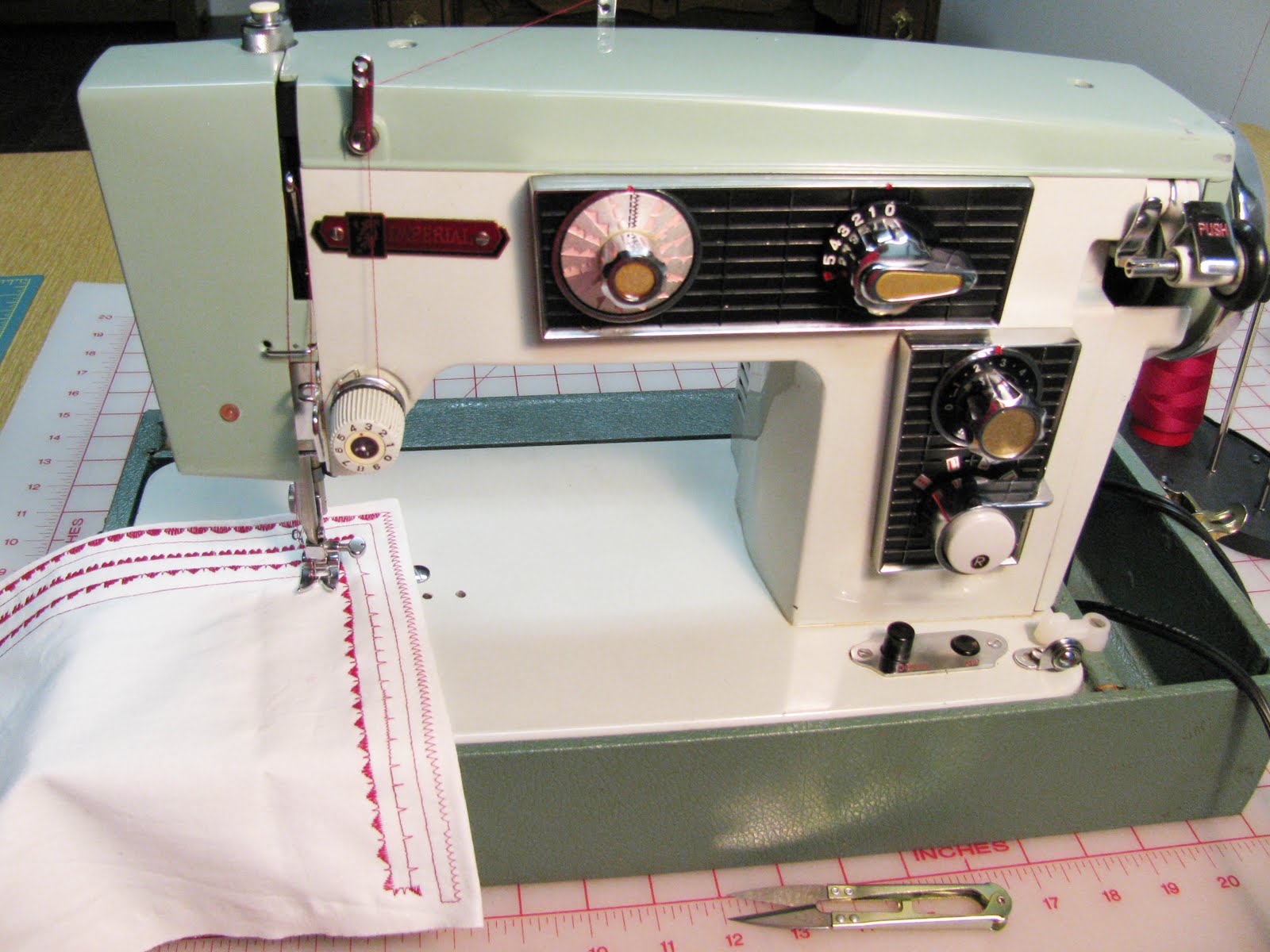The quilt back is a 100% polyester velveteen blanket.
With right sides together the blanket was folded in quarters to find the middle. The centre was marked with safety pins and then white chalk.
With a quilt that is too big for the table, start with the middle section, lay the quilt back out flat and clamp or tape it in place on all four sides of the table. There is no quilt batting in this quilt. When using a cotton quilt backing with batting and quilt top, the cotton back is stretched taut before the batting is laid out flat on top of it.
Match the centre back with centre quilt top.
Start in the middle, smooth out the quilt top to the outside edges so it is laying completely flat and wrinkle free.
Pin baste quilt top to bottom beginning in the middle. This quilt was pin basted every six inches.
After the entire middle section is pinned, move the quilt forward or backward to smooth out and clamp the next section. I did the bottom third second then the top section last.
Heart shaped leaves were free motion quilted in the 12 inch centre block with white thread.
I used a Schmitz 80 titanium quilting needle. On the vintage napkin some of the brown fuzz from the backing pulled through the needle holes, this should disappear when the quilt is washed.
The quilt design looks lovely on the backside because the stitches are hidden by the plush.
Two entwined hearts were quilted on all the blank purple squares.
All the free motion quilting was done with a
Pfaff Dynamic Spring Motion 6D foot.
I cut out hearts from card stock paper, then traced the hearts on the quilt top with an ink pen.
I quilted a one spiral in the centre of each nine patch.
Back side.
The six inch text blocks and the pink squares are not quilted. The outside border is heart shaped leaves.
I follow
Dara's tutorial to make binding. Instead of
hand stitching the binding back in place, I machine stitch using a 3 stitch zig-zag on the front side.
Gotta love those mitred corners.
Lily snuck into the photos.
Folded
Packed and ready to go home.
This was truly a labour of love.































































